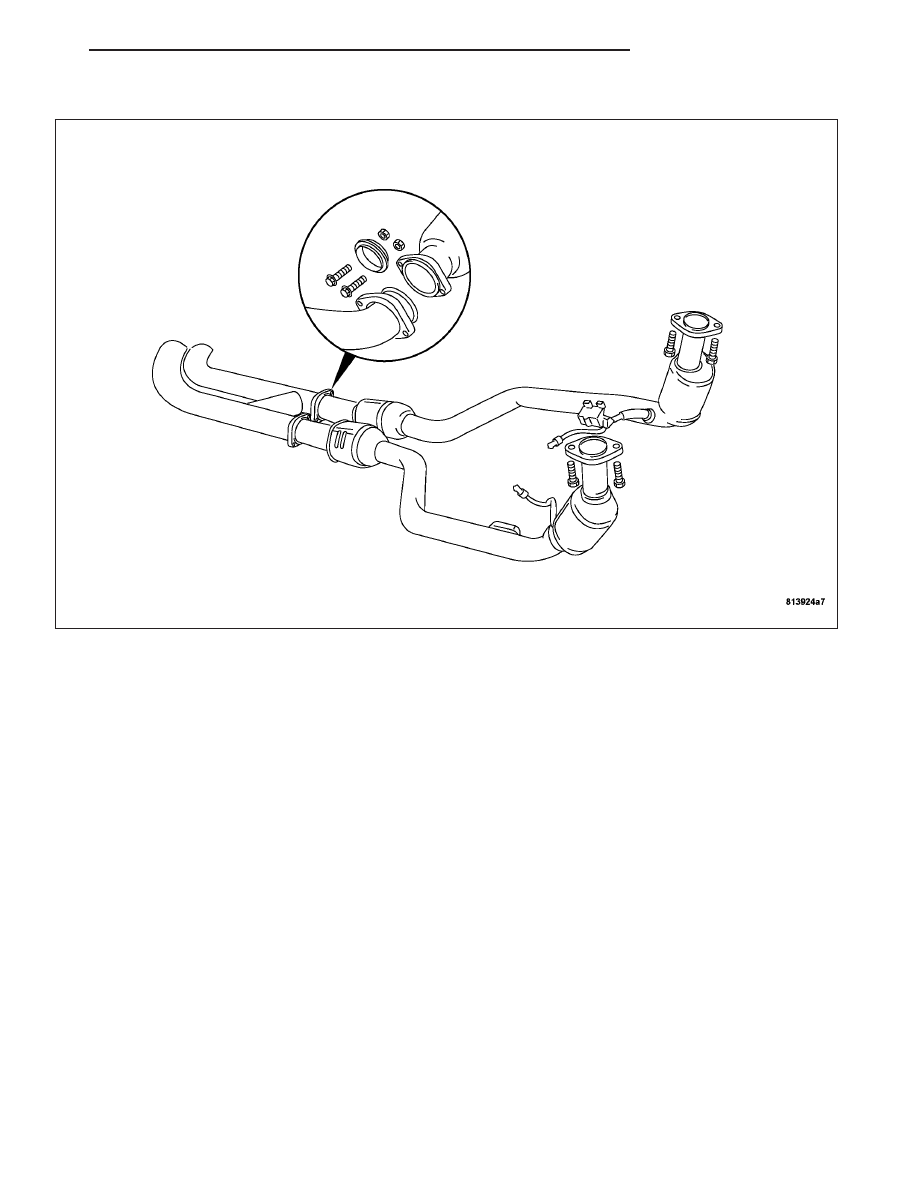Chrysler Crossfire. Manual - part 673

DESCRIPTION - SRT
A thin-wall air-gap insulated exhaust pipe leads to the three-way catalytic converter, which has an air-gap insulated
housing. The air-gap insulation, whereby a steel shell is wrapped around the component, limits heat loss to hasten
the catalytic converter action. The insulation also minimizes the need for insulation to protect the passenger com-
partment from excessive temperatures.
ZH
EXHAUST SYSTEM
11 - 3